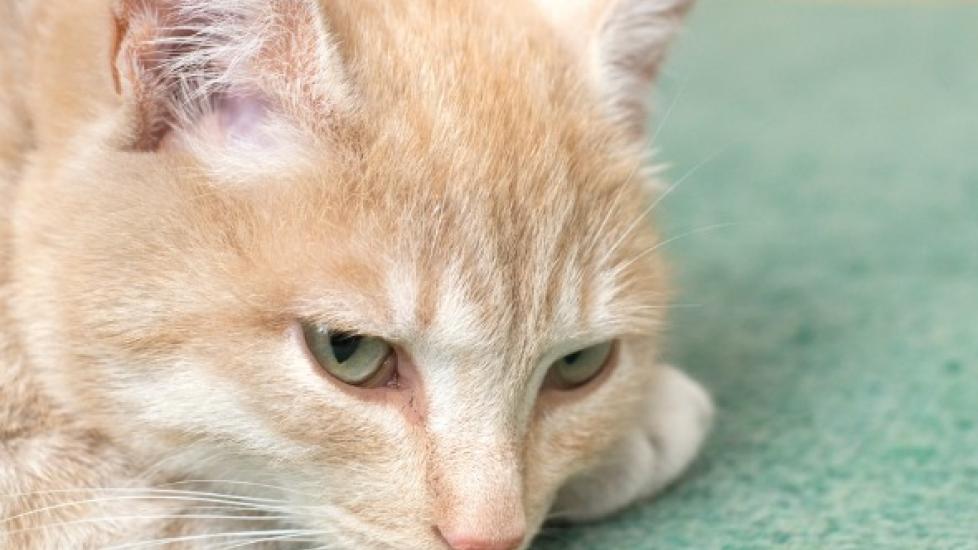Blood Related Deficiencies in Cats
Pancytopenia in Cats
Pancytopenia does not actually refer to a disease, but rather to the simultaneous development of a number of blood-related deficiencies: non-regenerative anemia, leucopenia, and thrombocytopenia. The root word pan refers to all or whole, and cytopenia refers to a lack of cells circulating in the blood.
Nonregenerative anemia is a condition characterized by a low red-blood cell count and the bone marrow’s lack of response to produce additionally needed red-blood cells; leucopenia refers to a low white-blood cell count; and thrombocytopenia refers to a low platelet and thrombocyte count (the cells that function in blood coagulation).
Pancytopenia can affect both cats and dogs, and may develop from a number of multiple causes. There is no specific age, or breed of animal known to be more susceptible to the development of pancytopenia.
If you would like to learn more about how this disease affects dogs please visit this page in the PetMD pet health library.
Symptoms and Types
The symptoms that develop in the patient depend largely on the underlying cause leading to pancytopenia. Some symptoms of leucopenia (low white-blood cell count) include repeated episodes of fever, and frequent or persistent infections. Some symptoms of anemia due to low red-blood cell count include sluggishness and pale gums.
Low platelet count due to thrombocytopenia may lead to tiny pinpoint bruises on the body, referred to as petechial hemorrhate, or bleeding from the moist tissues of the body, known as mucosal bleeding.
Other general symptoms may include lethargy, bleeding (i.e., nose bleeds or blood in the urine), and fever.
Causes
There are a variety of causes for pancytopenia. These include infectious diseases, such as hepatitis; the tick-born disease ehrlichiosis, exposure to poisons such as thallium; proliferative diseases such as bone marrow cancer; and immune-mediated diseases such as aplastic anemia, in which the bone marrow loses its ability to produce red-blood cells.
A veterinary exam is necessary to determine the underlying cause of pancytopenia, and to diagnose the condition itself.
Diagnosis
Your veterinarian will perform a thorough physical exam on your cat, including a complete blood count, and a chemical blood profile. Other possible tests include urine analysis, immunologic tests for infections diseases like feline leukemia virus (FeLV), and a bone marrow examination. You will need to give a thorough history of your cat's health, and onset of symptoms, if any.
Treatment
Treatment depends on the primary condition that led to pancytopenia, as it is essential that the primary disease be diagnosed and treated first. Aggressive antibiotic therapy and blood transfusions may be necessary. Medications for the underlying cause may be necessary, in addition to various medications to stimulate the production of neutrophils (a type of white blood-cell that fights infection), and another medication to stimulate the production of red-blood cells by bone marrow.
Living and Management
Daily physical examinations should be given after initial treatment, including frequent monitoring of body temperature and a periodic complete blood count (CBC). The frequency of CBC checks depends on how severely low the cat’s blood-cell and platelet counts were and are, as well as the underlying cause of the disease.
Additional care measures depend upon the underlying cause of disease. Depending on the severity, these may include inpatient care at a hospital, and aggressive therapy.
Prevention
There are many causes of pancytopenia, and it is not possible to prevent against all of them. However, some precautions can be taken. Cats should be kept up to date with vaccinations that may prevent infectious diseases.
For cats with cancer, there is a danger of developing pancytopenia as a side effect of cancer treatment, and frequent CBC monitoring will need to be done.
